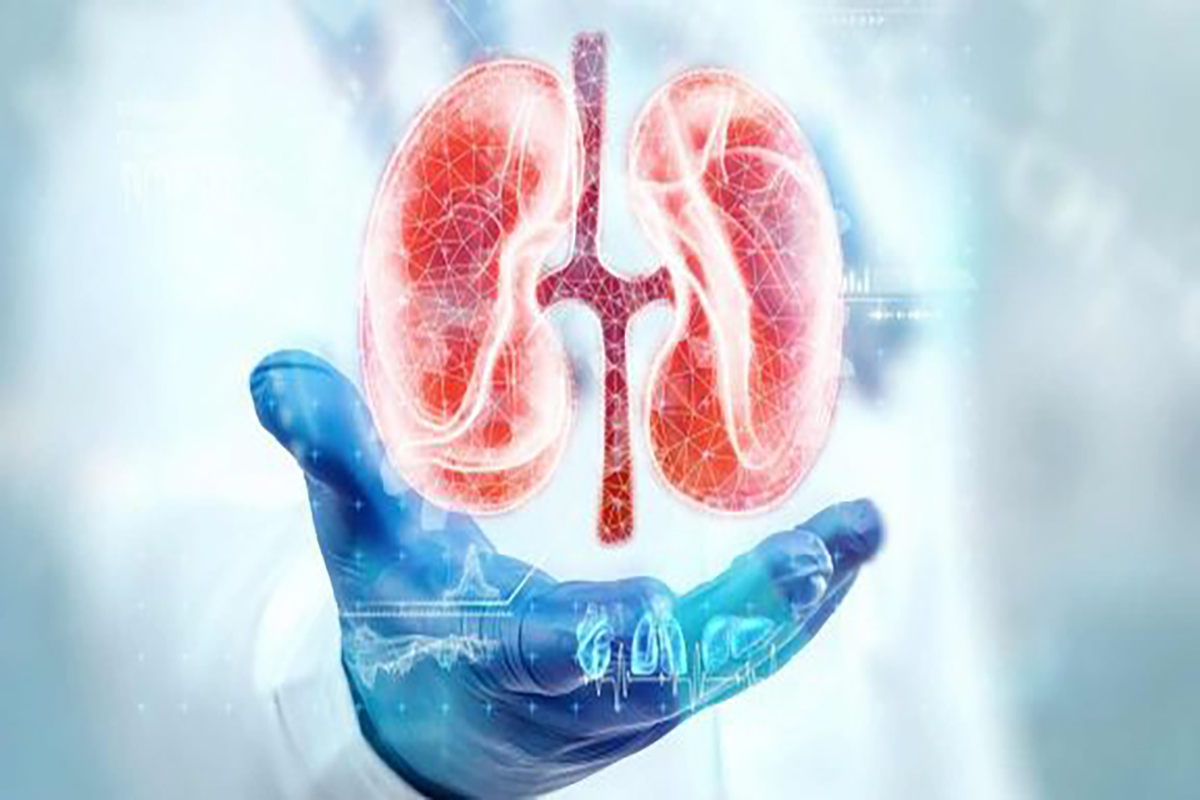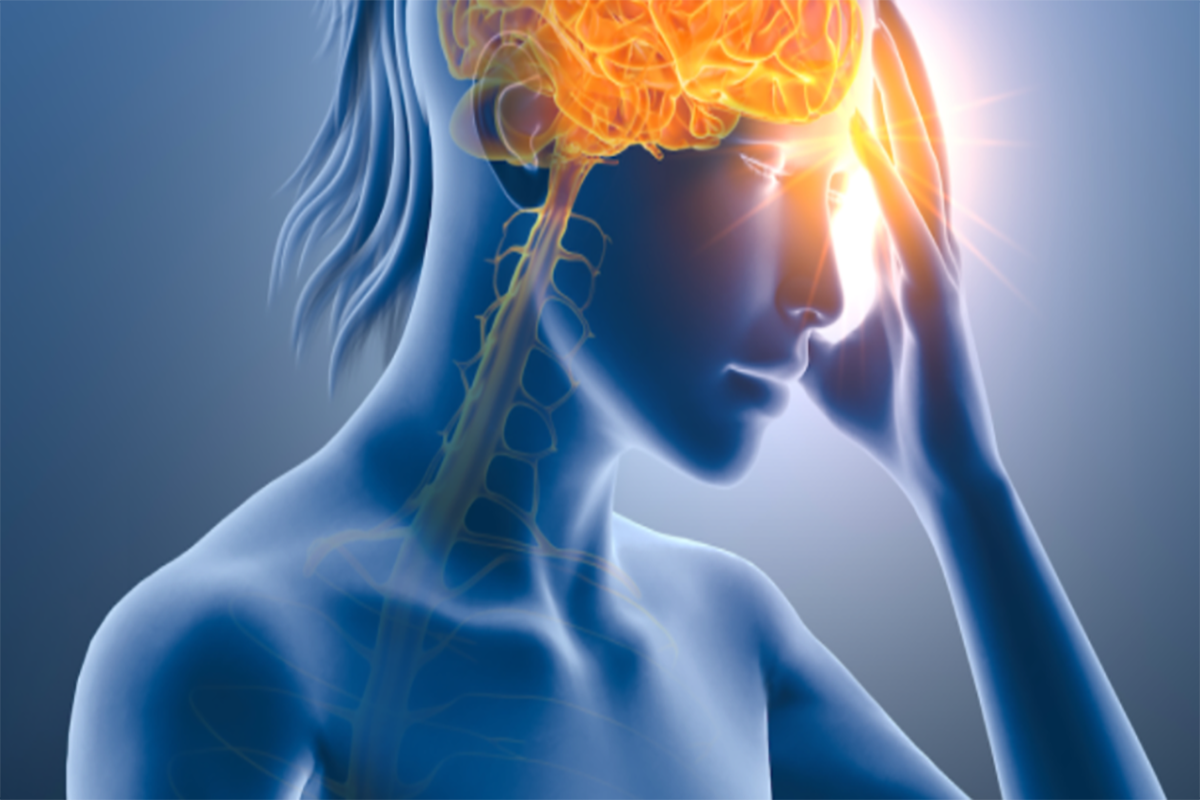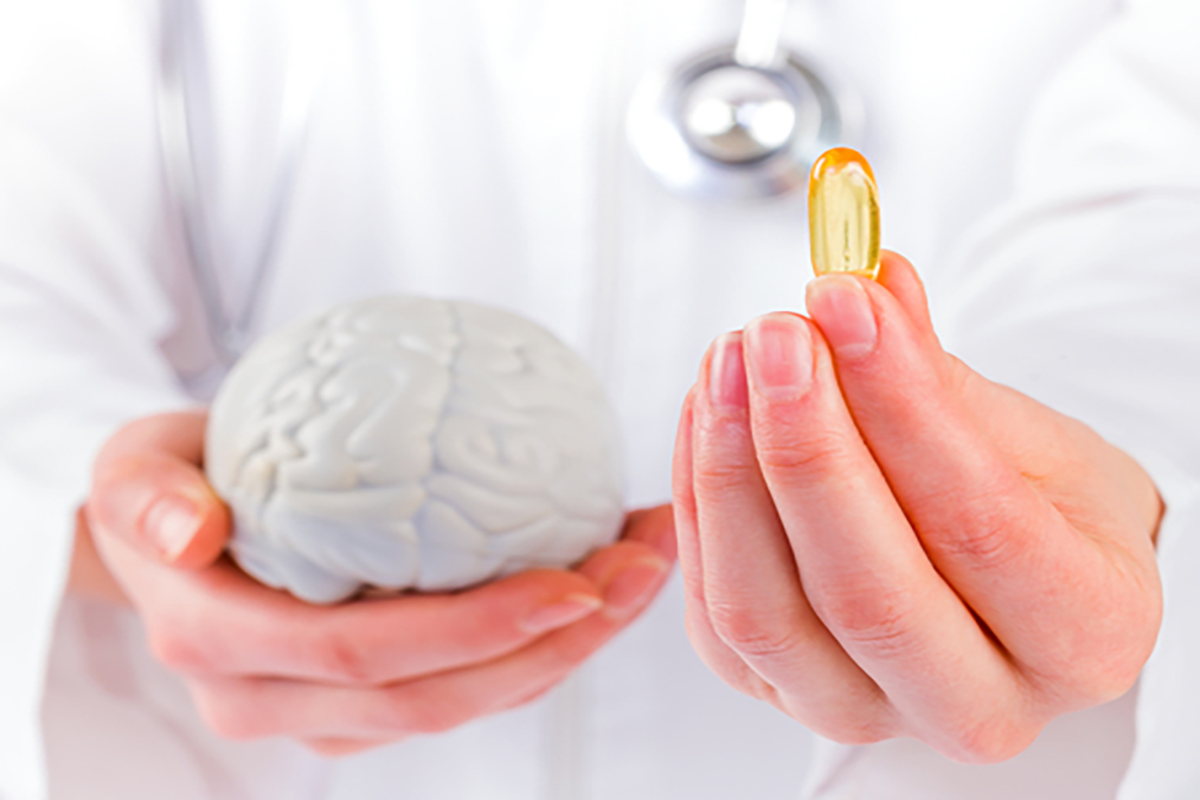
Hypertension and Stroke Risk: Identifying Warning Signs and Prevention Measures
By Dr. Puja Kushwah in Neurology
May 21, 2024
Hypertension, commonly known as high blood pressure, is a significant risk factor for stroke, a life-threatening medical emergency characterized by the sudden interruption of blood flow to the brain. Stroke is a leading cause of disability and death worldwide, and individuals with hypertension are at higher risk of experiencing a stroke compared to those with normal blood pressure levels. In this article, we will explore the relationship between hypertension and stroke risk, identify warning signs of stroke, and discuss preventive measures to reduce the risk of stroke among individuals with hypertension.
Understanding Hypertension and Stroke:
Hypertension, a chronic medical condition marked by elevated blood pressure levels, poses significant risks to vascular health. Uncontrolled hypertension gradually damages blood vessels across the body, including those in the brain, heightening the likelihood of stroke. Strokes come in two primary forms: ischemic stroke, where a blood clot obstructs a brain artery, and hemorrhagic stroke, where a weakened blood vessel bursts, leading to brain bleeding.
Identifying Warning Signs of Stroke:
It is essential to recognize the warning signs of stroke and seek immediate medical attention if they occur. The acronym FAST can help individuals remember the most common symptoms of stroke:
Face drooping: One side of the face may sag or feel numb.
Arm weakness: One arm may become weak or numb and may drift downward when raised.
Speech difficulty: Speech may be slurred, or the individual may have trouble speaking or understanding.
Time to call emergency services: If any of these symptoms are present, it is crucial to call emergency services immediately, as prompt treatment can minimize brain damage and improve outcomes.
Prevention Measures:
Preventing hypertension and managing blood pressure levels is key to reducing the risk of stroke. Lifestyle modifications and medical interventions can help control blood pressure and lower the risk of stroke:
Adopting a healthy diet: Eating a balanced diet rich in fruits, vegetables, whole grains, and lean proteins while limiting sodium, saturated fats, and added sugars can help lower blood pressure.
Engaging in regular physical activity: Regular exercise, such as brisk walking, swimming, or cycling, can help lower blood pressure and improve overall cardiovascular health.
Maintaining a healthy weight: Being overweight or obese increases the risk of hypertension and stroke, so maintaining a healthy weight through diet and exercise is essential.
Limiting alcohol consumption: Excessive alcohol consumption can raise blood pressure and increase the risk of stroke, so it is important to drink alcohol in moderation or avoid it altogether.
Quitting smoking: Smoking damages blood vessels and raises blood pressure, so quitting smoking is crucial for reducing the risk of stroke.
Taking prescribed medications: If lifestyle modifications alone are not sufficient to control blood pressure, healthcare providers may prescribe medications to help lower blood pressure and reduce the risk of stroke.







